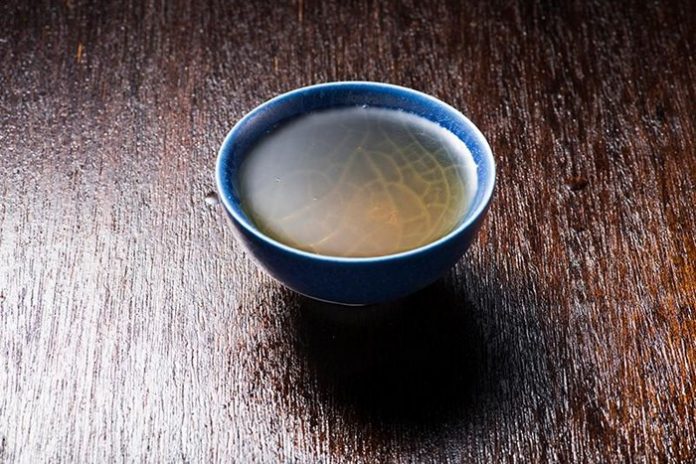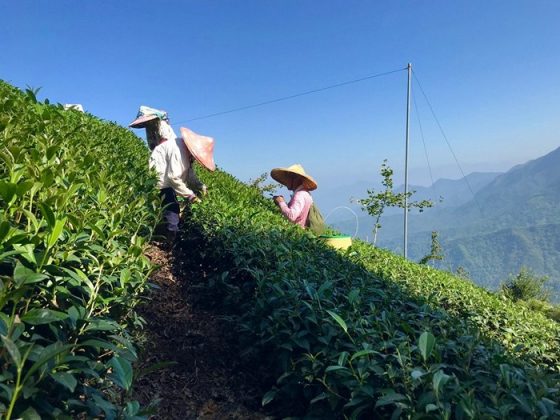Taiwan is known as the tea lover’s paradise, and is Asia’s best kept secret as one of the finest tea producers in the world especially in the category of Oolong. As the French have the wine, Taiwan has the tea! Here are some famous teas below for all the tea lovers to visit Taiwan on their next adventure.
High Mountain Oolong Tea: This name refers to any tea that is grown over 1000m elevation, and processed as a lightly oxidized, unroasted Oolong Tea. There are many famous place names within this category that represent geographic growing regions.
These include Alishan, Shanlinxi, Lishan, and Dayuling. Virtually all High Mountain Oolong Tea is made with the Qing Xin Oolong cultivar.
Jin Xuan ‘Milk’ Oolong Tea: Jin Xuan, also called Tai Cha #12, is a hybrid cultivar that has become increasingly popular since its inception in 1980’s by Taiwan’s Tea Research and Extension Station (TRES). It is a hardy, high yielding strain that is very versatile both in its cultivation and processing. Jin Xuan is mostly grown in Nantou and Chiayi Counties, but it can now be found all over Taiwan and beyond.
Dong Ding Oolong Tea: Dong Ding, or ‘Frozen Peak’ is the name of a mountain in Lugu Township, and now represents a traditional processing method, using the original Qing Xin Oolong cultivar that migrated from Mainland China. Dong Ding Oolong is the most popular traditionally made tea in Taiwan. Its distinctive qualities result from medium levels of both oxidation and roasting.
Oriental Beauty (Bai Hao Oolong) Tea: Oriental Beauty is the name that was given to this type of tea by the Queen of England. Bai Hao (white fur) Oolong is the name that is locally used to refer to this tea, based on the harvesting and processing methods.
The leaves are harvested very young, when they still have their protective fur. The fully processed leaves are slightly curled, and multi-colored. The leaves are heavily oxidized, to the point of resembling a Black Tea in character. A true batch of Oriental Beauty is only produced when the new leaf growth has been affected by the Green Leafhopper.
Sun Moon Lake Black Tea: Tea cultivation in the Sun Moon Lake area dates back to the Qing Dynasty (17-1800’s) when Chinese settlers began cultivating the naturally occurring wild tea tree. In the early 1900’s, the Japanese colonists developed large scale Black Tea production using the Assam strain here, following the British model in India. The pre-existing wild tea strain naturally cross-bred with an Assam strain. Taiwan’s TRES spent 50 years refining this hybridization before it was publicly registered in 1999 as Tai Cha #18. In 2003, was given the name Red Jade at the 100 year anniversary of the TRES, and honoured as a Taiwanese specialty tea.
Four Seasons Spring Oolong Tea: Around 1981, a Muzha tea farmer in Taipei County discovered a naturally occurring hybrid oolong in his tea garden that proved to be particularly suitable to the climate in Taiwan. Since then, it has gained popularity for its prolific produce and unique flavour and character. Now it is cultivated extensively as a signature oolong tea that is unique to the island of Taiwan. The name Four Seasons Spring was chosen for the plant’s prolific year-round leaf growth, allowing for at least four harvests annually that produce a fresh, fragrant character of tea that is unique among oolongs.

























